 Lighthouse keepers had more to worry about than simply storms and terrible conditions. In the 19th century, lighthouse keepers had a high frequency of madness and suicide. Many assumed that they went mad from solitude and the demands of the job. It turns out it was something simpler and more sinister. An updated repost.
Lighthouse keepers had more to worry about than simply storms and terrible conditions. In the 19th century, lighthouse keepers had a high frequency of madness and suicide. Many assumed that they went mad from solitude and the demands of the job. It turns out it was something simpler and more sinister. An updated repost.
Fresnel lenses were the great lighthouse innovation of the 19th century. The lenses developed by French physicist Augustin-Jean Fresnel greatly increased the intensity and range of the lighthouse beacon. For rotating lights, just as important as the strength of the light, however, was maintaining a specific speed of rotation, so that if the chart said that the light flashed every twenty seconds, the light, in fact, rotated so that the light was visible every twenty seconds. The best near-zero-friction bearing of the day was created by floating the light and the lens on a circular track of liquid mercury. When dust, dirt, or other impurities built up in the mercury, part of the lighthouse keeper’s job was to strain the mercury through a fine cloth.

 On Saturday evening, shortly after the Mexican Navy sail training ship ARM Cuauhtémoc departed New York City’s South Street Seaport, Pier 17, on the East River, something went terribly wrong. The roughly 300′ long, steel-hulled, three-masted bark reportedly suffered some sort of mechanical failure and traveled, stern first, into the nearby Brooklyn Bridge.
On Saturday evening, shortly after the Mexican Navy sail training ship ARM Cuauhtémoc departed New York City’s South Street Seaport, Pier 17, on the East River, something went terribly wrong. The roughly 300′ long, steel-hulled, three-masted bark reportedly suffered some sort of mechanical failure and traveled, stern first, into the nearby Brooklyn Bridge. General Order 99
General Order 99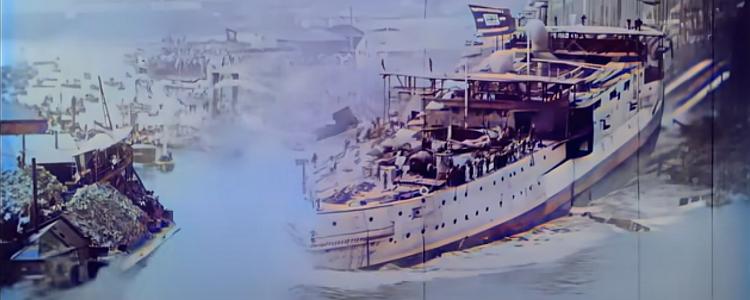 On June 21, 1898,
On June 21, 1898, 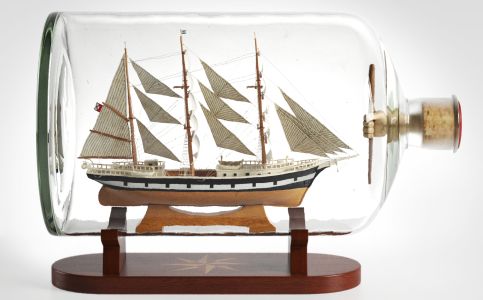 A Facebook video by my friend
A Facebook video by my friend  During the “
During the “
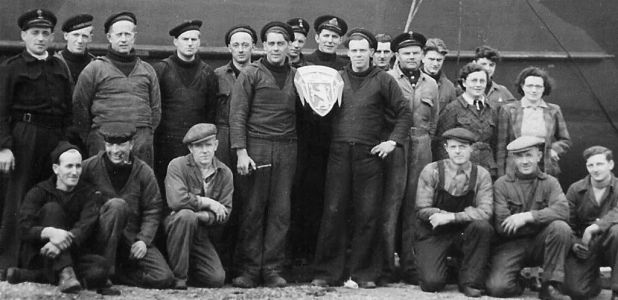
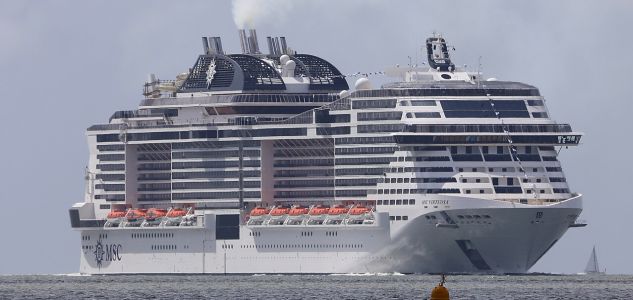
 An updated repost of an odd bit of history.
An updated repost of an odd bit of history. Given
Given 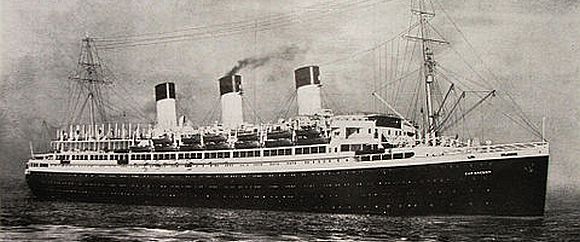

 An
An  David Morris was taking a walk along the coast near Falmouth, Cornwall, in the UK, when he saw what looked to be a large tanker hovering in the air above the horizon. He documented what he witnessed with several photographs. Apparently, Mr. Morris saw a “superior mirage” also known as a
David Morris was taking a walk along the coast near Falmouth, Cornwall, in the UK, when he saw what looked to be a large tanker hovering in the air above the horizon. He documented what he witnessed with several photographs. Apparently, Mr. Morris saw a “superior mirage” also known as a  A massive explosion and fire on Saturday rocked the
A massive explosion and fire on Saturday rocked the  It is amazing what one can buy online these days. Recently,
It is amazing what one can buy online these days. Recently,  Last Saturday, Italian sailor
Last Saturday, Italian sailor  There is much that we do not know about William Shakespeare. The
There is much that we do not know about William Shakespeare. The